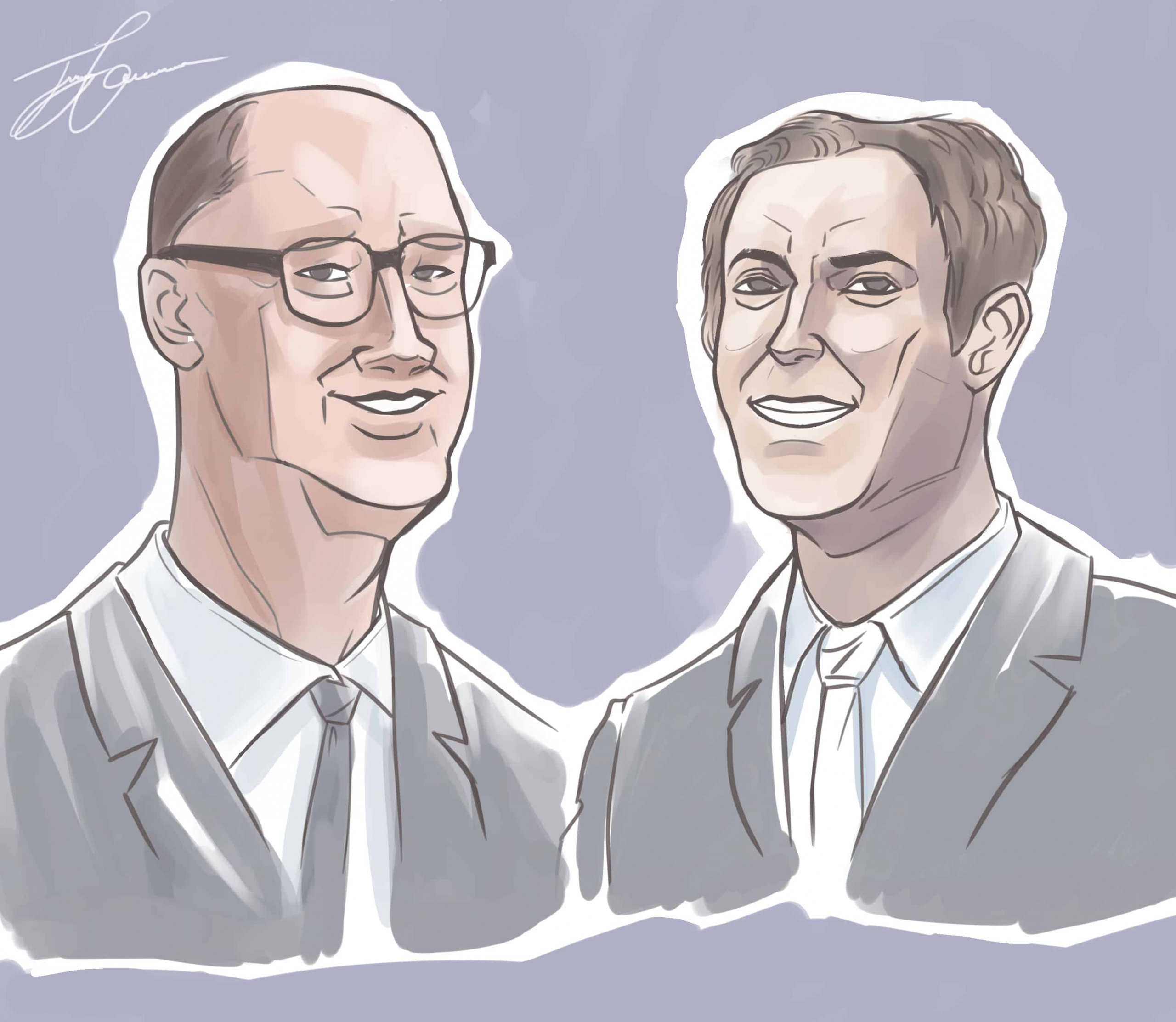Fifty years ago, the landmark science fiction film 2001: A Space Odyssey (A Space Odyssey) dazzled audiences worldwide.
The film was a collaboration between director Stanley Kubrick and science fiction writer and scientist Arthur C. Clarke, who had set out to create the first ‘serious’ science fiction film. Up until that point, science fiction had not been considered a legitimate genre.
Over the course of the year, the film community has been celebrating A Space Odyssey’s 50th anniversary, including the premiere of a special 70mm original print of the film at the Cannes Film Festival.
According to the festival’s press release, “For the first time since the original release, this 70mm print was struck from new printing elements made from the original camera negative. This is a true photochemical film recreation. There are no digital tricks, remastered effects, or revisionist edits. The original version will be presented to recreate the cinematic event audiences experienced 50 years ago.”
Recently, this particular print travelled through North America; I viewed it on June 9 at the TIFF Bell Lightbox. I have always been of the opinion that the true way to view a film is on the big screen — how the filmmaker originally intended.
True to A Space Odyssey’s quality, the best way to enjoy the film is to see it exactly how it was delivered in 1968. Everything in the film was louder, clearer, and sharper. HAL’s ‘eye’ is all the more frightening, and the Star Gate sequence is an auditory and visual ride.
With a screenplay co-written by Clarke and Kubrick and based on Clarke’s novel of the same name, the film is a grand, sweeping piece of cinema that stretches from the dawn of mankind to first contact with extraterrestrial life.
Stanley Kubrick was a prolific filmmaker and known as a genius in the art of movie-making. During the development of his films he would completely immerse himself in the subject, with the aim of learning as much as possible, so the film would feel completely authentic.
A Space Odyssey was no different; he and Clarke would have long discussions on science, space, and physics, and solicited feedback from luminaries such as Carl Sagan. Kubrick had a ferocious, almost insatiable, thirst for knowledge that is evident in every frame of his films.
Kubrick and Clarke have created a film that still resonates with audiences today. It is a film so utterly mysterious and brilliant that critics and fans continue to discuss what it all means. To this day, A Space Odyssey is considered one of the finest films in the science fiction genre ever made.
The film’s sets were impeccably created, with the giant centrifuge spaceship where the crew lived as the showpiece. Kubrick’s team created a Ferris wheel-like design to simulate gravity in the scene where one of the astronauts jogs around the ship. A Space Odyssey is filled with other innovative design elements like the climatic final sequence through the Star Gate and the heavy emphasis on realism for a science fiction film.
A Space Odyssey is a visual masterpiece and an example of how well practical effects and creative ingenuity can work together to achieve a singular vision. It is a testament to the film’s quality and allure that, despite being 50 years old, it could pass for a 2018 release.
With the 50th anniversary of the film, it’s a good time to go back and re-watch a classic or see it for the first time. To enhance your enjoyment of the film, I recommend reading Space Odyssey: Stanley Kubrick, Arthur C. Clarke and the Making of a Masterpiece by Michael Benson. It chronicles the before, production, and after of the film, with brilliant tidbits and details about Kubrick and Clarke’s process of bringing the film to print.
2001: A Space Odyssey’s release was a true turning point for science fiction films. The film changed the way audiences perceive the science fiction genre and its artistic quality.
The film’s stature has risen since its initial release 50 years ago and I predict that it will continue to charm audiences 50 years from now.


